Effective Communication in Nursing Practice: A Literature Review
VerifiedAdded on 2022/10/04
|7
|562
|55
Literature Review
AI Summary
This literature review explores the critical role of communication in nursing practice, emphasizing its impact on patient outcomes and safety. It examines how effective communication, including cultural sensitivity, verbal and non-verbal cues, and active listening, contributes to improved patient satisfaction, teamwork, and care delivery. The review synthesizes research from 2015-2019, highlighting the importance of structured communication, addressing communication barriers, and incorporating patient and family needs. Key findings include the positive effects of clear communication on patient safety, the benefits of teamwork, and the significance of addressing patient and family concerns to improve overall healthcare experiences. The review references several studies that support these conclusions, reinforcing the importance of communication skills in nursing.
1 out of 7
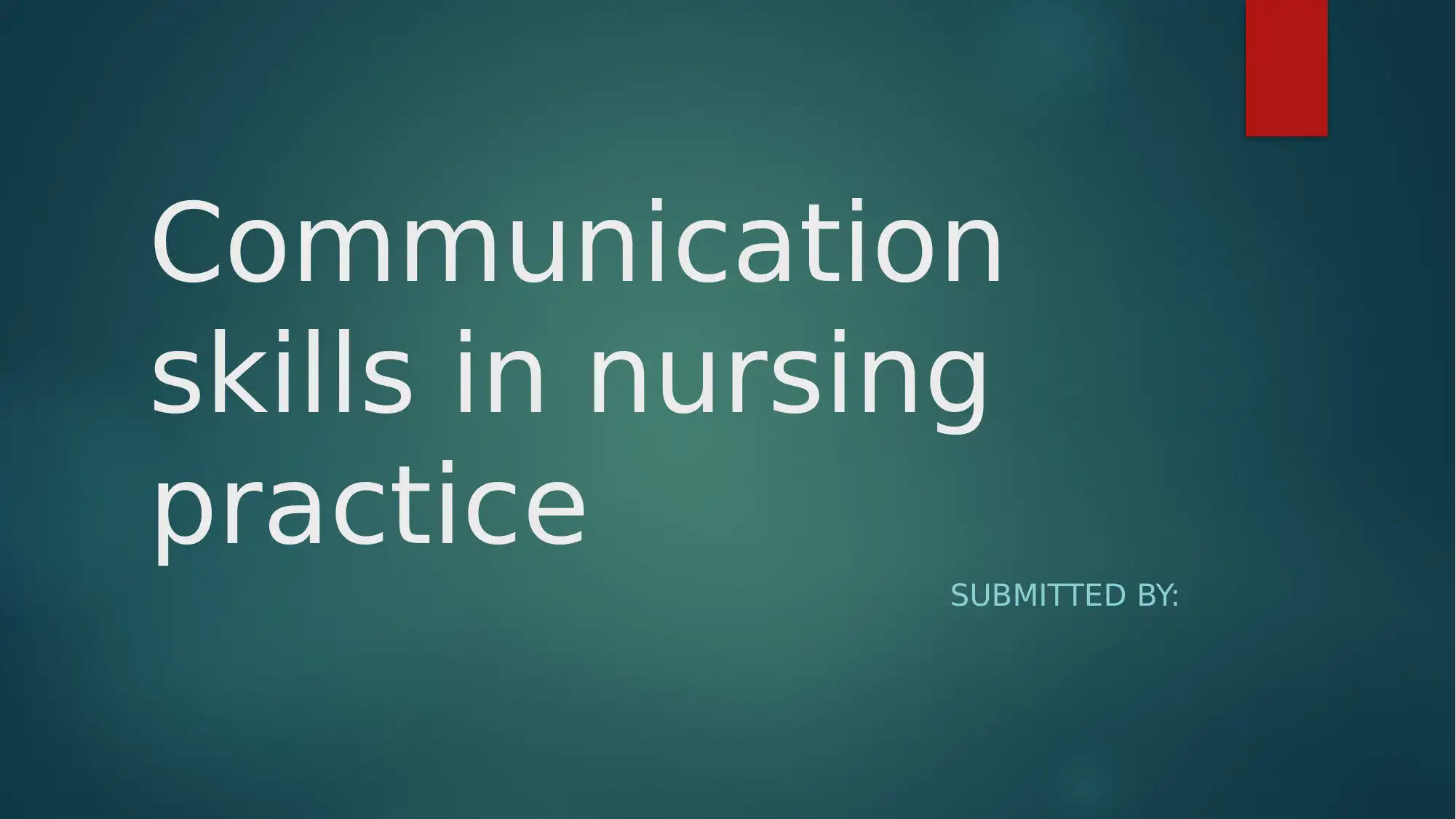
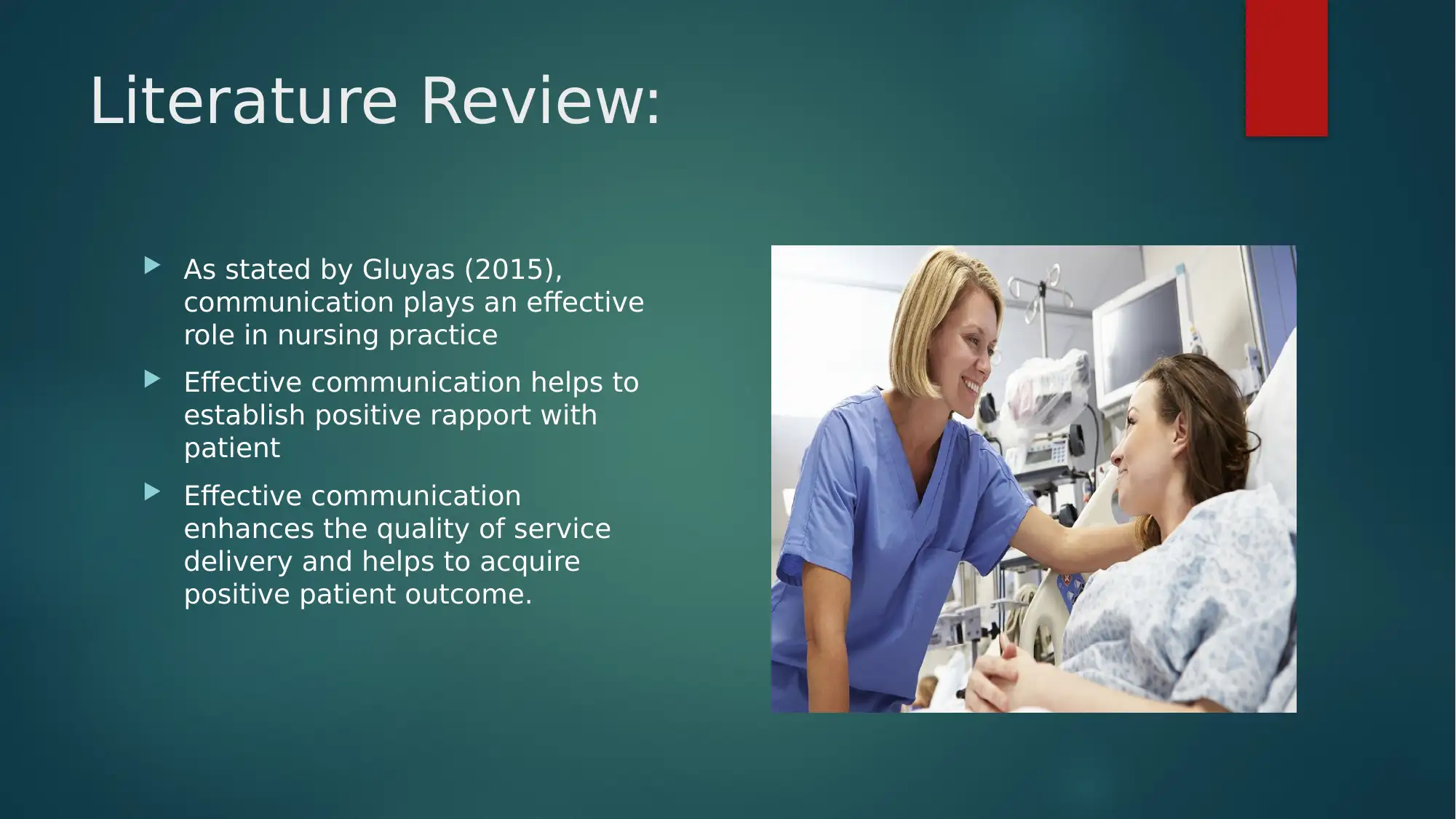
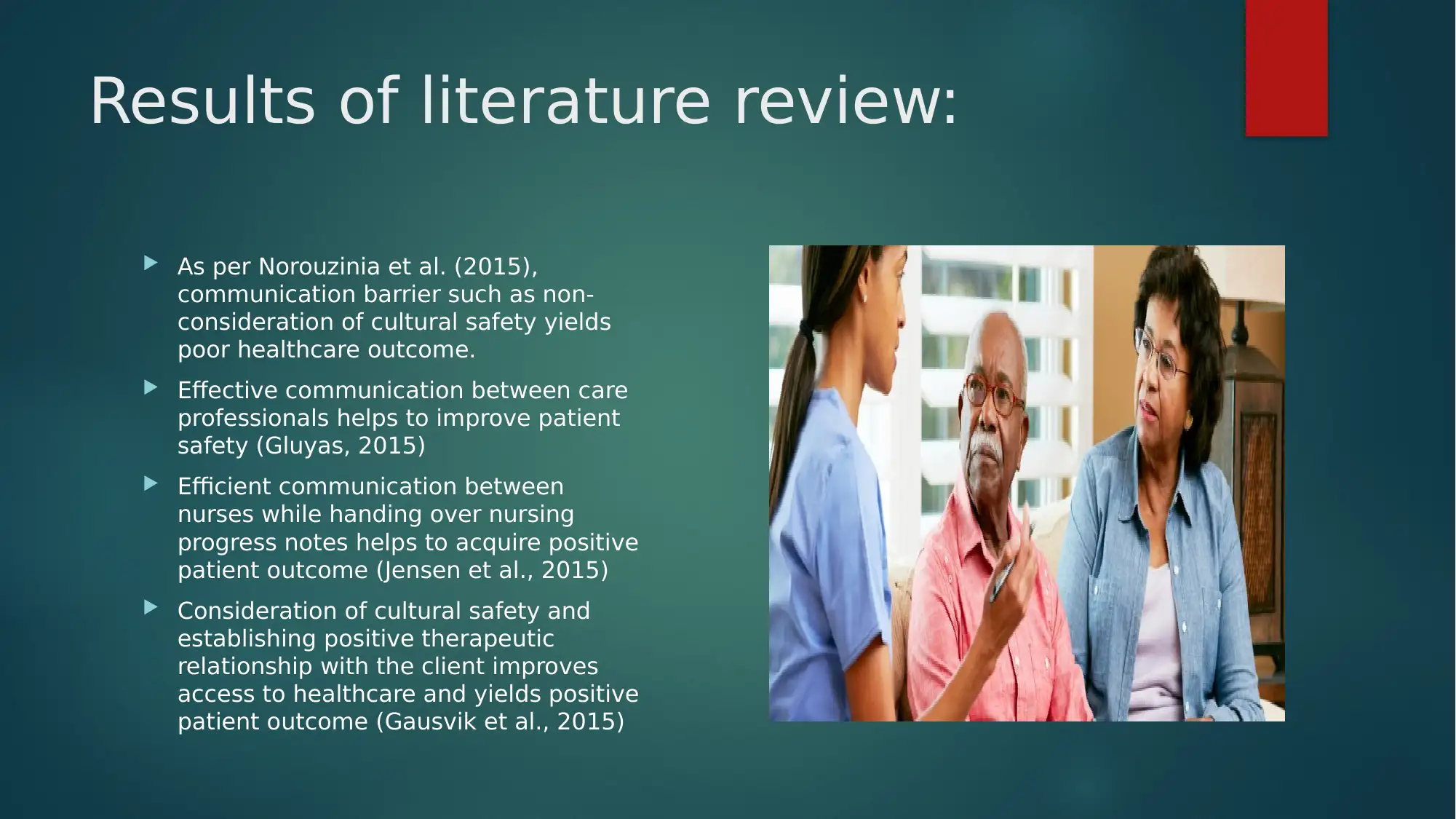

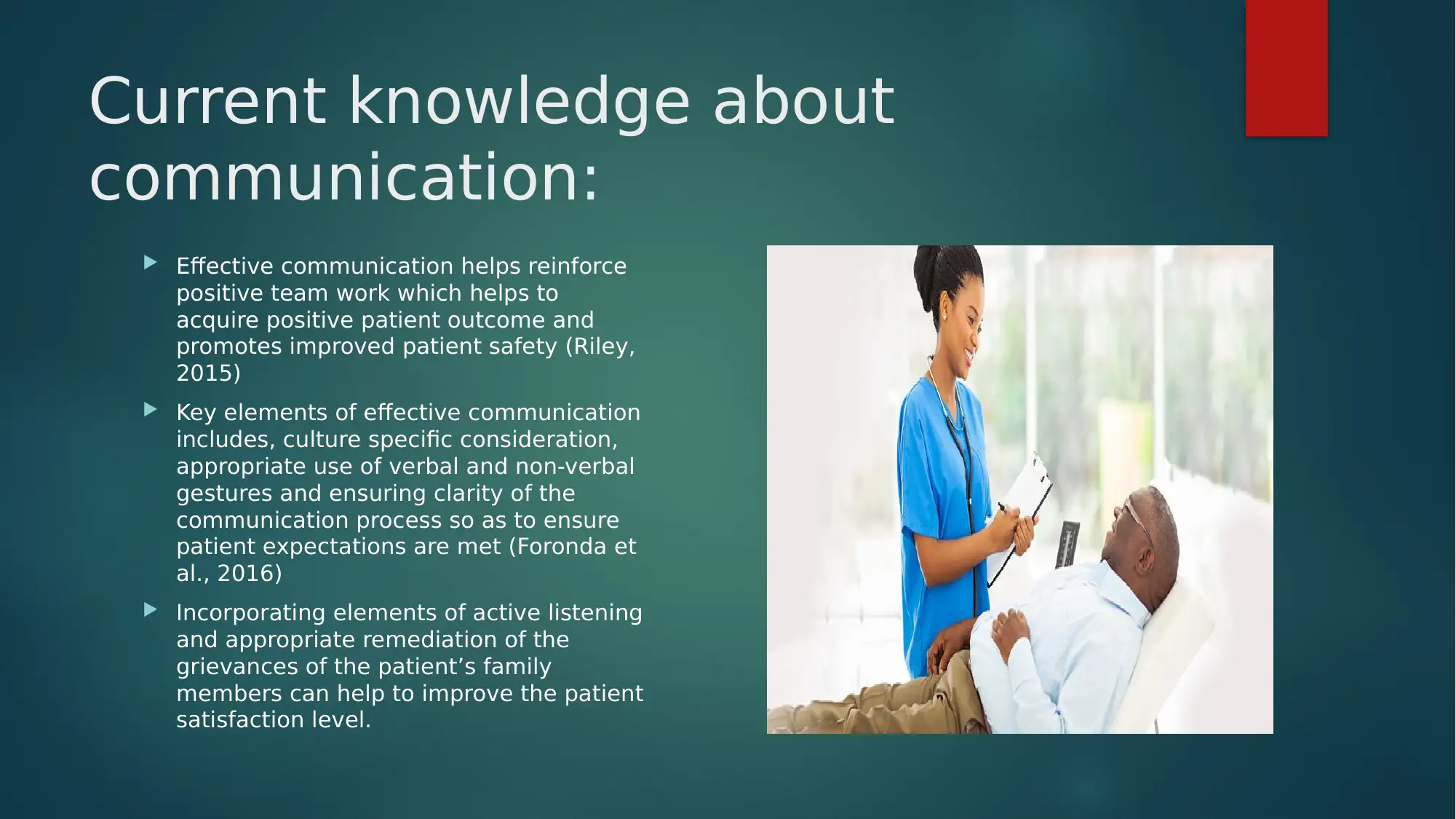
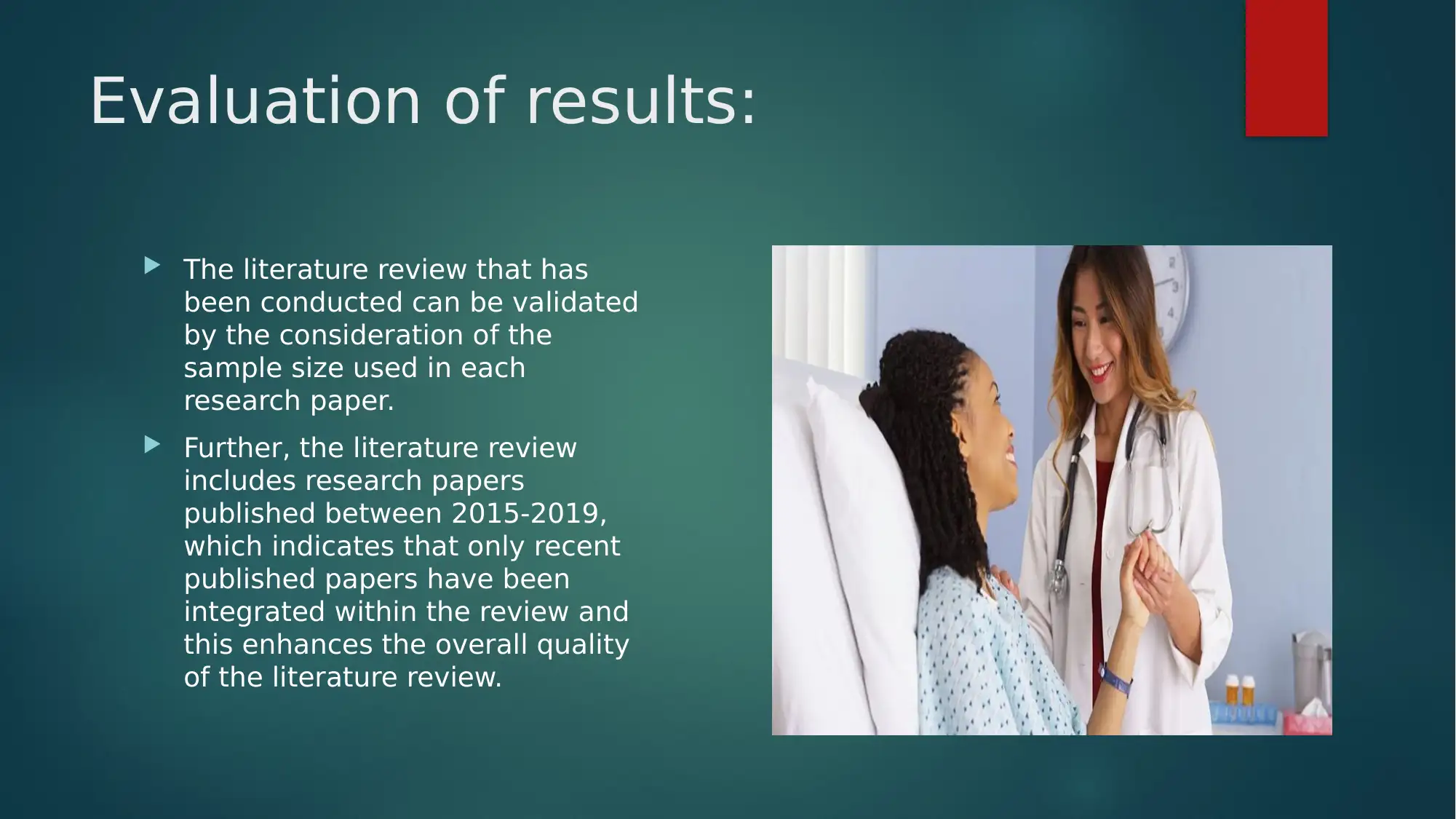
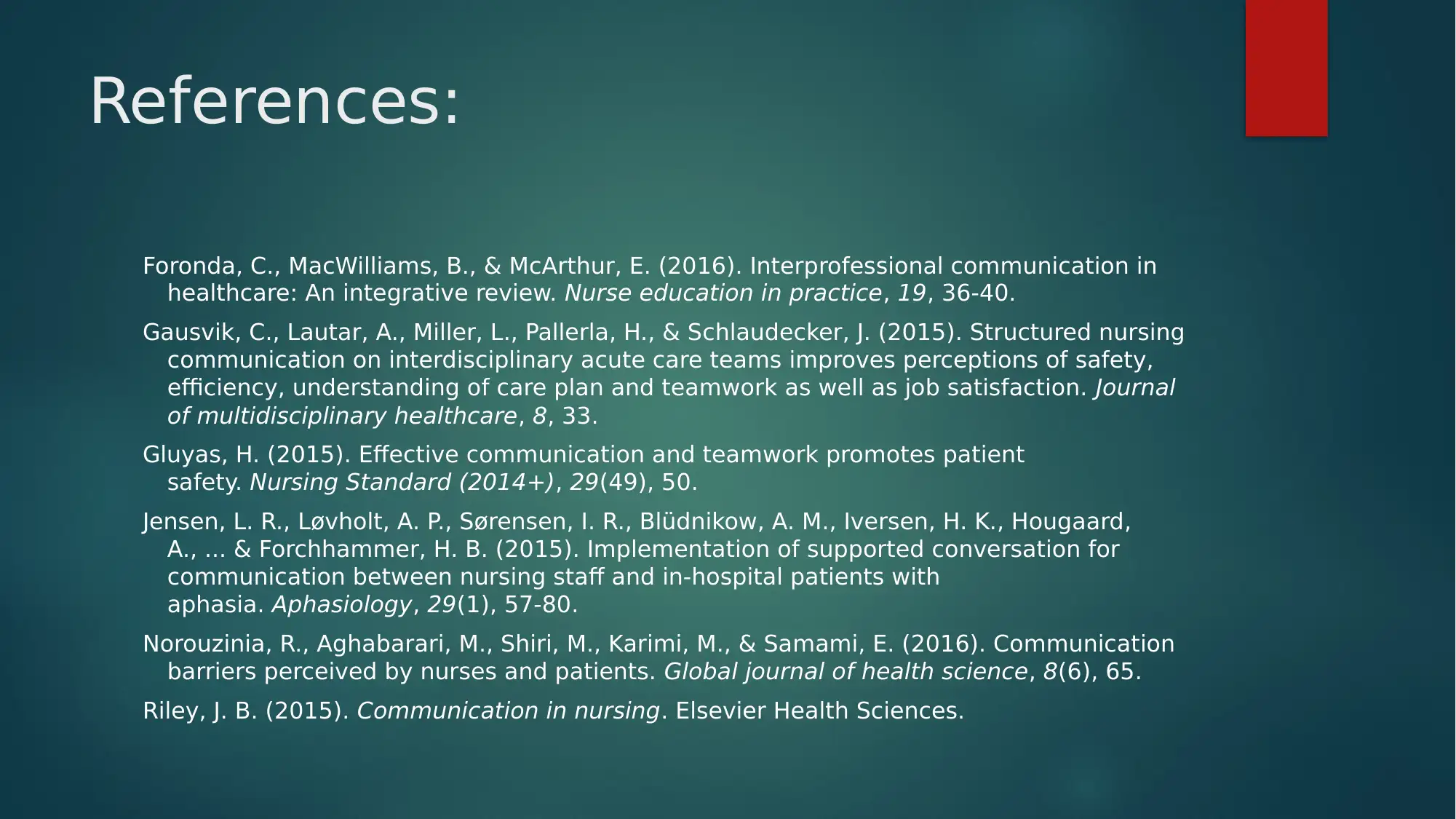







![[object Object]](/_next/static/media/star-bottom.7253800d.svg)